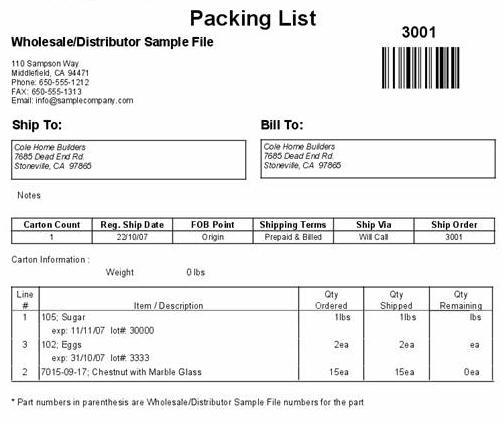The transportation industry is a complex of institution that includes not only the carriers themselves (the ocean shipping companies, airlines, and truckers), but also the supporting terminal operators, freight forwarders, customhouse brokers, ship brokers, financial houses, insurance firms, and engineering and manufacturing concerns, There is also an array of governmental agencies, that oversee the operations of the industry and control the rates charged and services provided. Changes in any of these institutions or their foreign counterparts have ramifications on the rest of the industry and affect the service provided to the shipper of goods in international trade.
Physical distribution managers have an array of alternative methods or modes of transportation for the movement of goods across borders and within countries.… Read the rest



